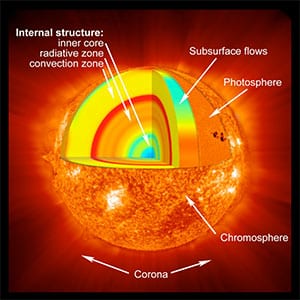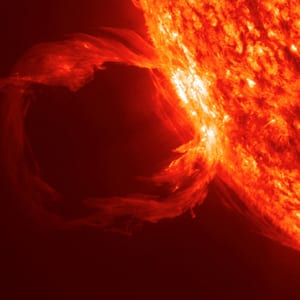Danny Boyle’s Sunshine: the science behind the fiction
By Ben Stevens H P Stevens, on 12 November 2014
From Georges Méliès to Tarkovsky and Kubrick, the wonders of space have taken a special hold on the imaginations of some of the world’s most visionary film directors.
UCL’s very own Christopher Nolan (UCL English, 1991) is the latest to offer his response with the hugely anticipated Interstellar, which opened on Friday.
Before him, Danny Boyle gave us his own epic vision in Sunshine (2007) – which was shown at a special screening organised by the UCL Public and Cultural Engagement (PACE) team at the Stratford Picturehouse in east London on 28 October.
The film, starring Cillian Murphy, follows the crew of the Icarus II as they attempt to reignite our dying Sun with a specially designed nuclear weapon that must be delivered directly into its core, if life on Earth is to survive.
Before the screening, visitors had the chance to view the space-themed objects from UCL’s museum collections, including a meteorite, part of a crashed satellite and some historical NASA images of space. (more…)
 Close
Close





